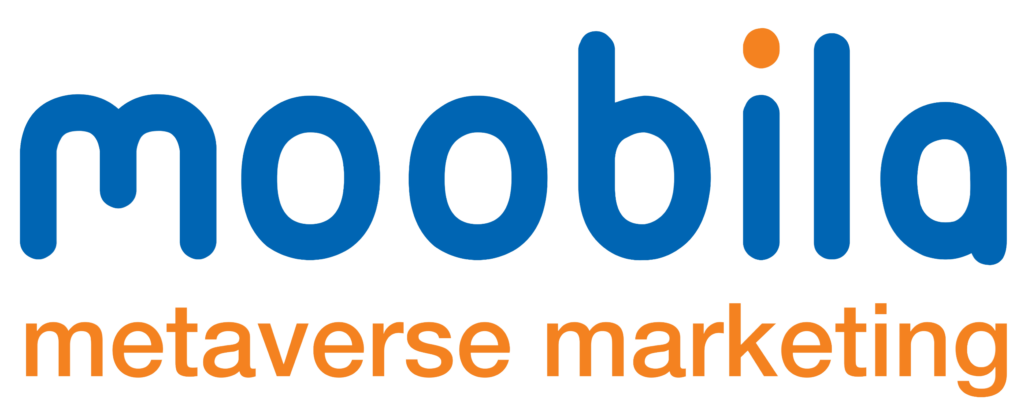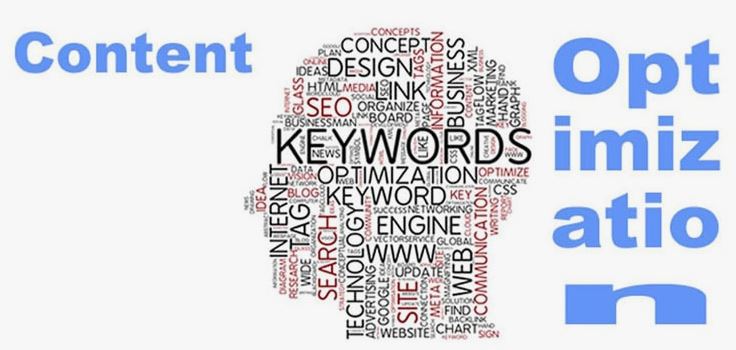The number of factors leading to the success or failure of your online visibilities (web performance) is a question dependent on content optimization. So, what the heck is content optimization, and why is it back in 2025?
Content Optimization – Improve the visibility and relevance of your content on search engines. It is not just about keyword stuffing your text; it should be presented as useful and related content to attract the target audience’s credibility, satisfying search engine algorithms too.
In 2025, you will optimize content for the following purposes:
- Boosting your search engine rankings
- Attracting targeted organic traffic
- More user engagement and conversions
Now, let’s uncover the best moves and resources to make content optimization work with SEO for you.
Content Optimization: Your Key to Unlocking SEO Success in 2025
I. Understanding Your Audience & Their Needs
So without building that insight, you had better not even start with the work of optimizing your content. They give you the knowledge to personalize your content in a Man vs Hummingbird kind of way.
Identifying Your Target Audience
Begin by collecting information about the demographics, interests, and pain points of your audience. When You Know Who Your Content Is Meant For, Use Tools Like Google Analytics and Social Media Insights to Build a Complete Picture.
Creating Detailed Buyer Personas
Creating buyer personas—or fictional representations of your ideal customers—to inform content development. Include information such as:
- Age and gender
- Job title and industry
- Goals and challenges
- Preferred content formats
- Online behavior and platforms
Aligning Content with the Buyer’s Journey
Tailor your content to address different stages of the buyer’s journey:
- Awareness: Educate your audience about their problems and potential solutions.
- Consideration: Provide in-depth information about specific solutions and compare options.
- Decision: Showcase your product or service as the best solution and provide proof through case studies or testimonials.
II. Keyword Research & Selection: The Foundation of SEO
In the end, SEO content optimization is primarily built upon solid keyword research. It will help you get to know how your target audience searches and sync up the content with the user’s search intent.
What Are Target Keywords?
Target Keywords – these are the exact terms or phrases that your audience is typing into the search when looking for information related to exactly what you have. They can be:
- Short-tail keywords: Broad, general terms (e.g., “content optimization”)
- Long-tail keywords: More specific phrases (e.g., “how to optimize blog posts for SEO”)
Everyone knows that search intent is essential in selecting keywords. Are users looking for information, trying to make a purchase, or seeking a specific website?
Tools for Effective Keyword Research
Several tools can help you find relevant keywords with good search volume and manageable competition:
- Ubersuggest: A free tool offering keyword ideas and difficulty scores
- Google Keyword Planner: Provides search volume data and keyword suggestions
- Ahrefs: Offers comprehensive keyword research and competitor analysis
- SEMrush: An alternative to Ahrefs with similar features
Long-Tail Keywords & Semantic Relevance
Never underestimate the strength of long-tail keywords While they might not have as many searches, they usually show high intent and low competition. Try to add semantically relevant words, and this will help the search engines better understand your content; it definitely adds context from which you can benefit.
III. On-Page Optimization: Crafting SEO-Friendly Content
After you have the keywords in your industry standard word engines to compete, optimize pages for search and people.
Title Tags & Meta Descriptions: Your Content’s First Impression
Write compelling title tags (under 55 characters) and meta descriptions (under 160 characters) that include your target keywords naturally. These elements appear in search results and can significantly impact click-through rates.
Headers (H1, H2, H3, etc.): Structuring Your Content
Use headers to improve readability and help search engines understand your content’s hierarchy. Include keywords in headers where appropriate, but prioritize clarity and user experience.
The Body of Your Content
- Readability: Use clear, concise writing, short paragraphs, and bullet points to enhance scannability.
- Keyword Integration: Weave keywords naturally into your text, avoiding keyword stuffing.
- Internal & External Links: Link -> Internal pages you discussed and more proofs from other authorities on the internet.
IV. Technical SEO: The Behind-the-Scenes Optimization
Technical optimization makes it easier for search engines to find your content.
Optimizing Images & Videos
- Use descriptive file names and alt text with keywords for images
- Compress images to improve loading times
- Optimize video titles, descriptions, and transcripts for better engagement
Design Response Times and Mobile Compatibility
For both SEO and the user experience, fast loading times that can be accessed from any device are a must. Test Your Website Using Google PageSpeed Insights.
V. Measuring & Analyzing Content Performance
To continually improve your SEO content optimization efforts, track key metrics such as:
- Organic traffic
- Bounce rate
- Time on page
- Conversions
Monitor such metrics with Google Analytics and Search Console to gain insight into how your content is performing.
VI. Content Optimization Tools to Streamline Your Efforts
Several tools can help you analyze and improve your content:
- Clearscope: Provides content optimization suggestions based on top-ranking pages
- MarketMuse: Offers AI-powered content planning and optimization
- SurferSEO: Analyzes on-page factors and suggests improvements
Also Read:
People Also Ask
Q1: What is content optimization?
A: Content optimization is the practice of enhancing your website content to make it appear in search engines, get more organic traffic and have an improved role with its target readers. It combines methods to improve the overall quality, relevance, and search engine optimization of your content.
Q2: Why is content optimization important?
A: Content optimization system plays a vital role by supporting your website to rank better on the SERP s targeting relevant traffic, having a good user experience, and ultimately boosting conversions. This is SEO and this needs to be in any business’s content marketing success.
Q3: How do you optimize content for SEO?
A: To optimize content for SEO:
- Conduct thorough keyword research
- Use target keywords naturally in your content, headers, and meta tags
- Create high-quality, informative content that addresses user intent
- Optimize images with descriptive alt text
- Use internal and external links strategically
- Ensure your content is mobile-friendly and loads quickly
Q4: What is content optimized for SEO?
A: Any content that is crafted using SEO standards and requirements to rank highly on search engine results pages (SERPs) at the same time delivering value to users falls under this category. It involves the right keywords and on-page SEO best practices and addresses the search intent of your target audience.
Q5: How can I create SEO-optimized content?
A: To create SEO-optimized content:
- Research your target keywords and audience
- Develop a content structure with clear headings
- Write comprehensive, high-quality content that addresses user queries
- Incorporate keywords naturally throughout the text
- Optimize meta titles and descriptions
- Use internal links to related content on your site
Q6: What is the optimal content length for SEO?
A: While there is no one-size-fits-all, longer and more comprehensive content pieces (1000-2000 words) usually rank better in the search results. Although that, it is written not about the long one but quality and relevance. Instead, concentrate on satisfying the needs of users, not hitting a particular word count.
Q7: How often should I optimize my content?
A: Optimizing content is not a one-time job and must be continued over time. Consistently Refresh Old Content for Subjects that Transform Quickly One great opportunity is to perform a content audit every 6 – 12 months and then optimize the high-priority pages.
Q8: Can AI help with content optimization?
A: Yes, AI tools can help optimize the content in multiple ways, from conducting keyword research to performing content analysis and making optimization suggestions. For all the above wins, human oversight is still essential to maintaining high-quality content in your brand voice.
Q9: How do I optimize content for voice search?
A: To optimize for voice search:
- Focus on conversational, long-tail keywords
- Create content that answers specific questions
- Use structured data to help search engines understand your content
- Ensure your website is mobile-friendly and loads quickly
Q10: What are some common content optimization mistakes to avoid?
A: Common mistakes include:
- Keyword stuffing
- Creating thin or low-quality content
- Ignoring user intent
- Neglecting mobile optimization
- Forgetting to optimize images and videos
- Not updating old content
Q11: How can I measure the success of my content optimization efforts?
A: Track key metrics such as:
- Organic search traffic
- Keyword rankings
- Time on page
- Bounce rate
- Conversion rates
- Backlinks acquired
Use tools like Google Analytics and Google Search Console to monitor these metrics over time.
Q12: Is there an optimal keyword density for web content?
A: There’s no fixed optimal keyword density. Instead of focusing on a specific percentage, aim to use keywords naturally throughout your content. Overusing keywords can lead to keyword stuffing, which can harm your SEO efforts.
Q13: How do I optimize existing content for SEO?
A: To optimize existing content:
- Update outdated information
- Improve content structure with clear headings
- Add new, relevant information to make the content more comprehensive
- Optimize meta titles and descriptions
- Improve internal linking
- Enhance readability and user experience
Remember, the goal of a content optimization system is to provide value to your audience while making your content more discoverable in search engines. Always prioritize user experience and content quality in your optimization efforts.
Conclusion
As we mentioned before, content optimization for SEO is always in motion and must incorporate the evergreen need to adapt to new SEO trends. With these techniques and tools, you can craft quality content that ranks well on search engine results pages (SERPs) and connects with your reader.
This is a crucial part because for SEO content optimization tips to be successful, you need to bridge the gap between how search engine ideologies work and what your audience actually reads. If you put all of your energy into producing valuable content that helps solve problems and answer questions suffered by potential customers, then these factors will help set you up for continued SEO success in 2025.
Keep up with the hottest content optimization trends!! Follow our blog for more great tips! For insights into how to keep your SEO game at the top of its class []> Subscribe!



